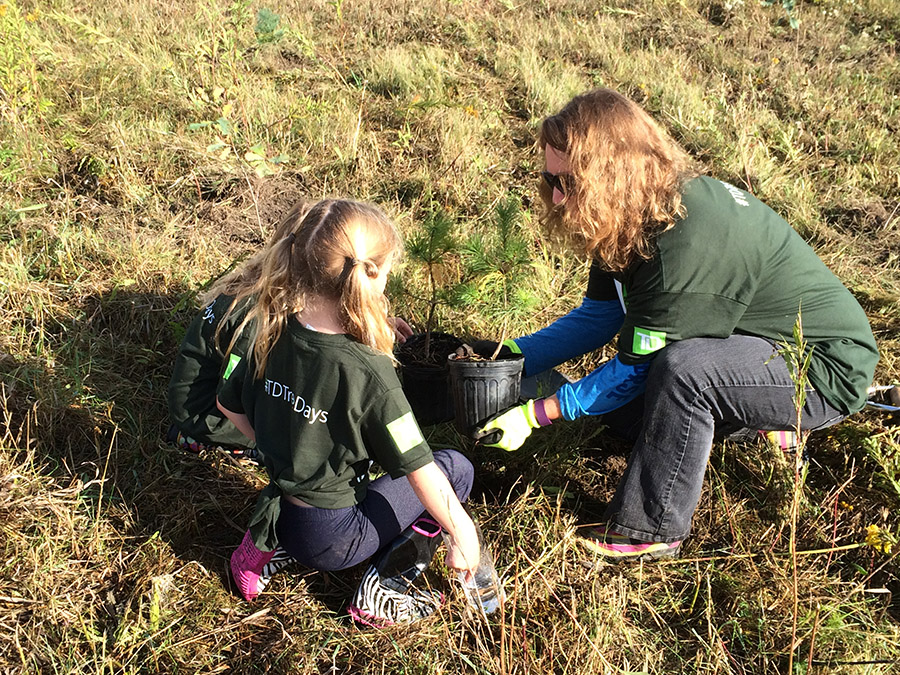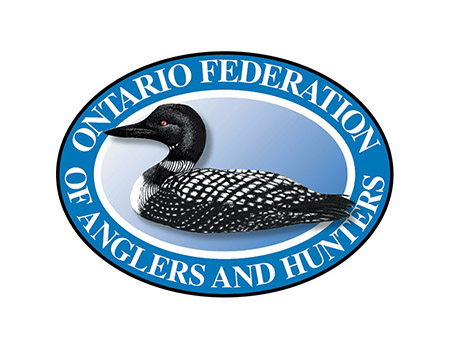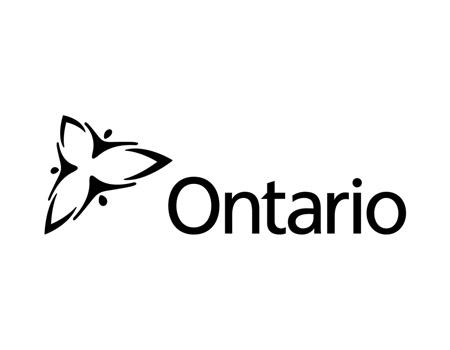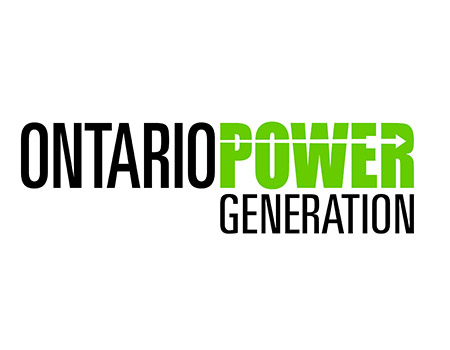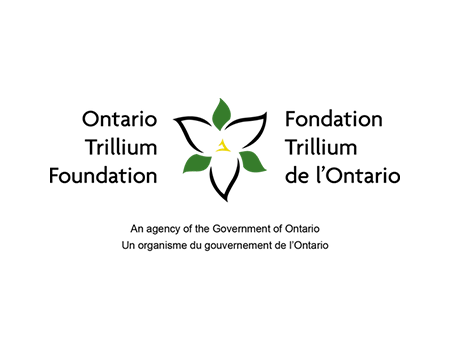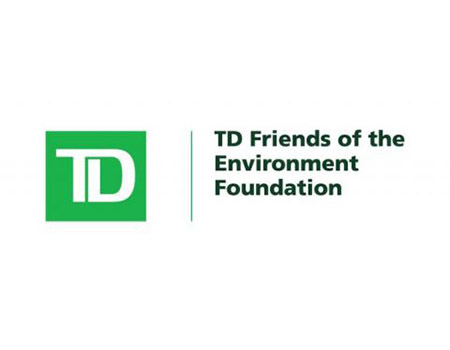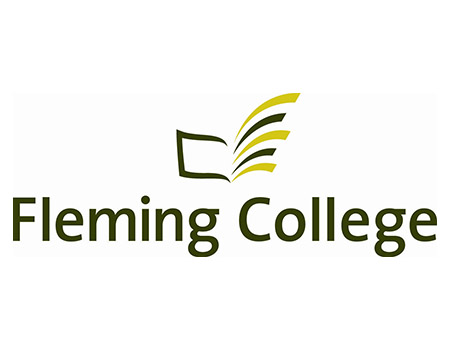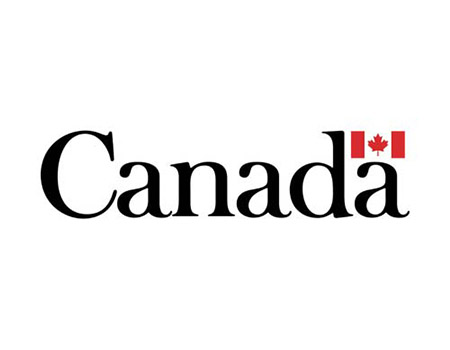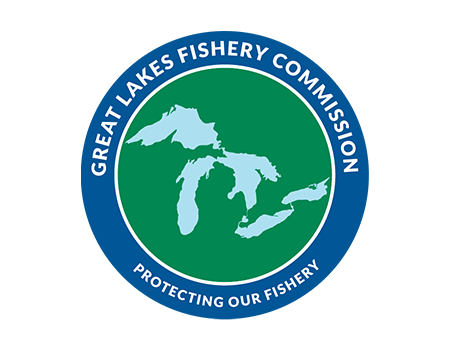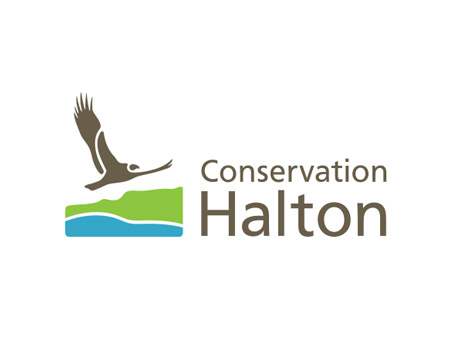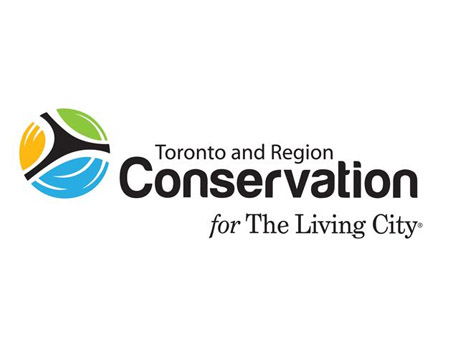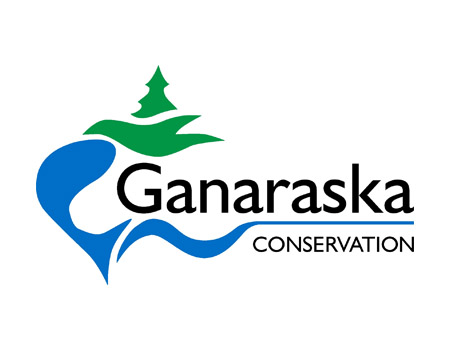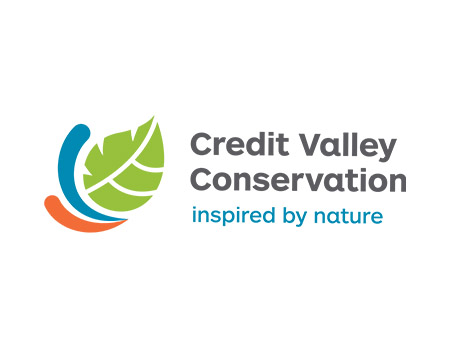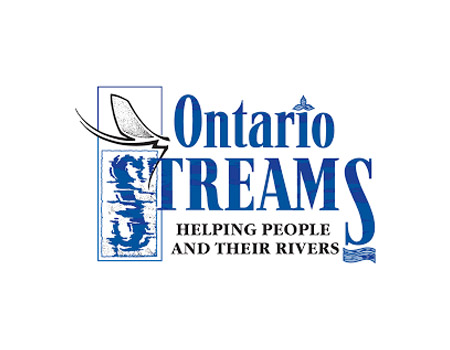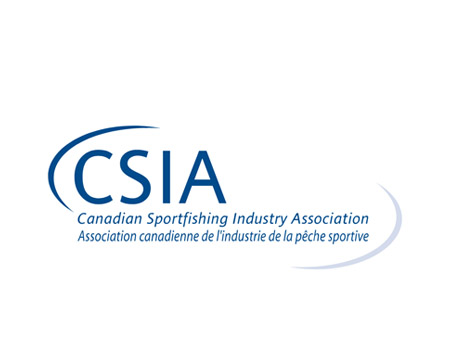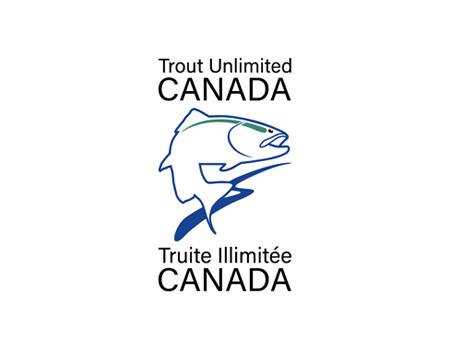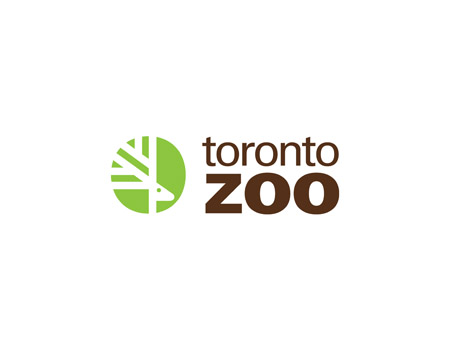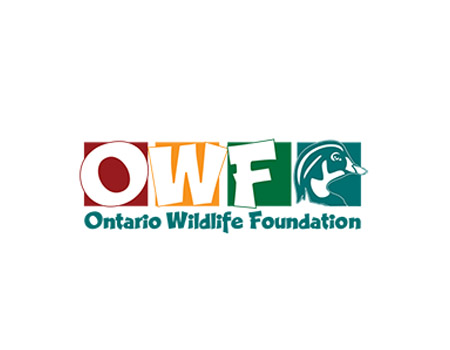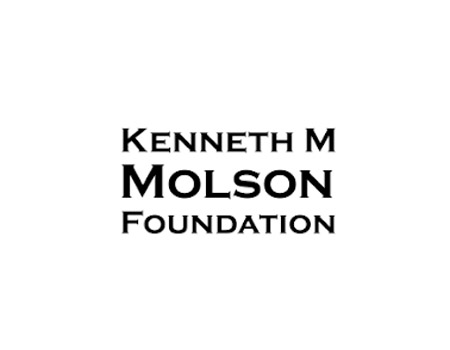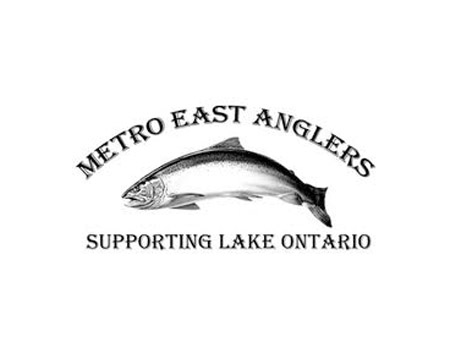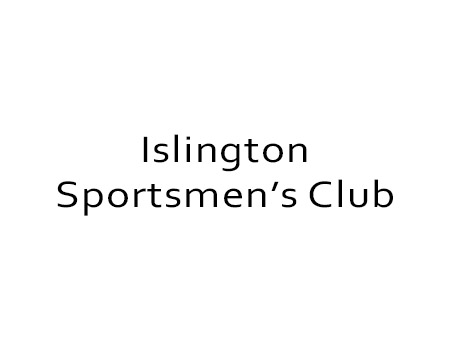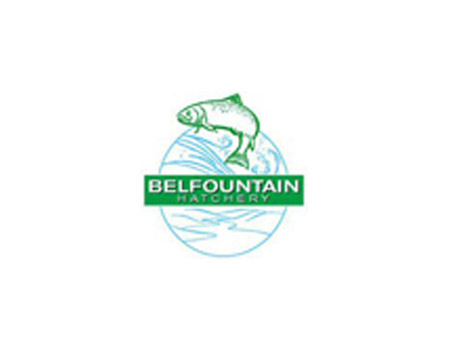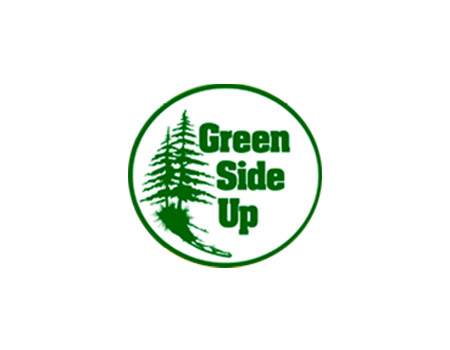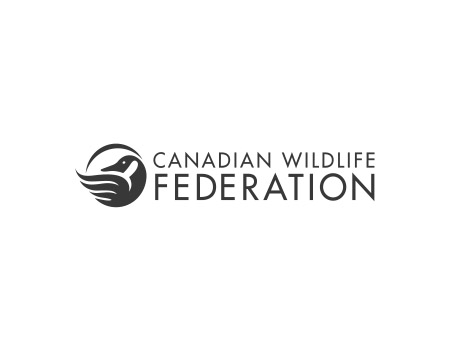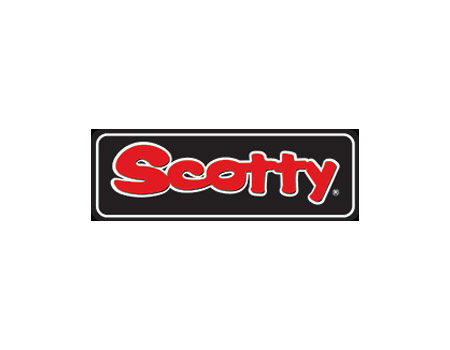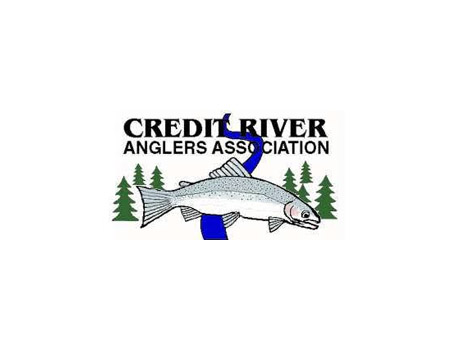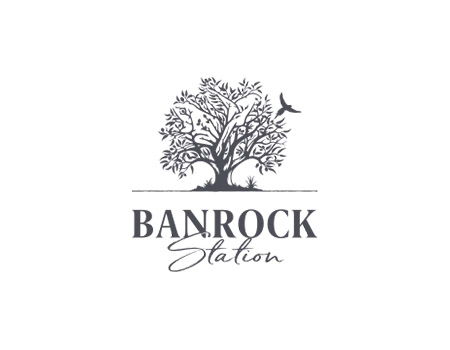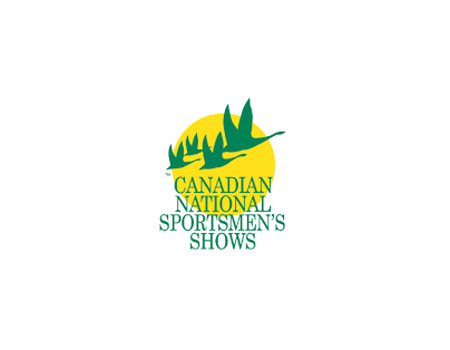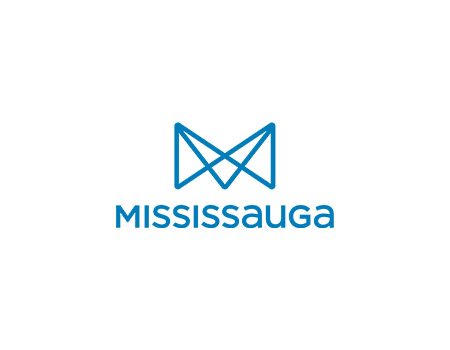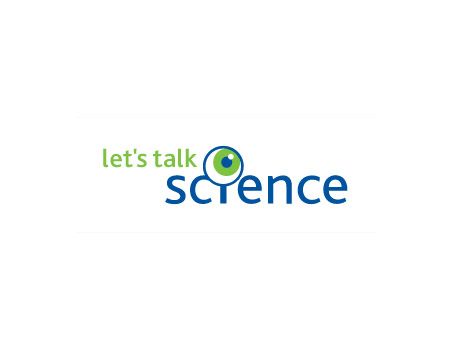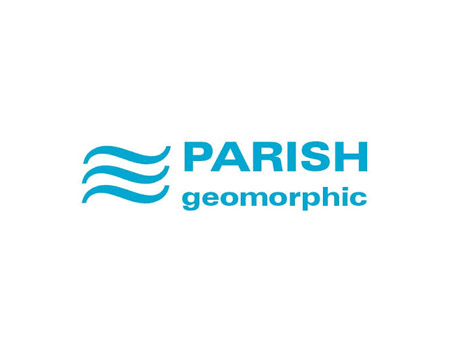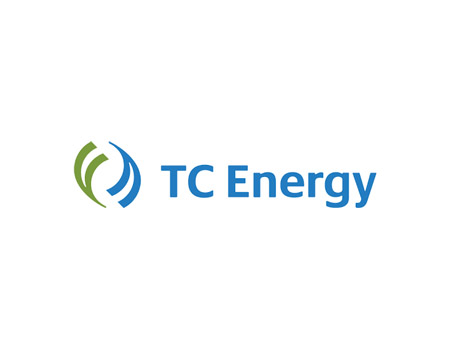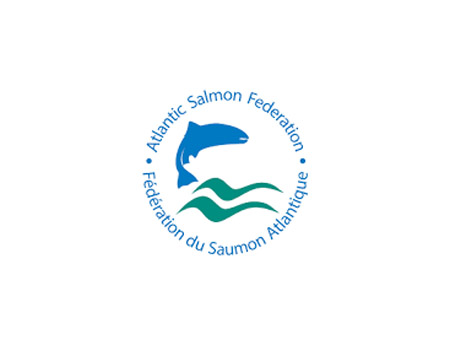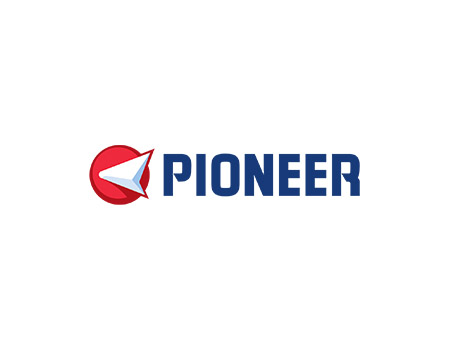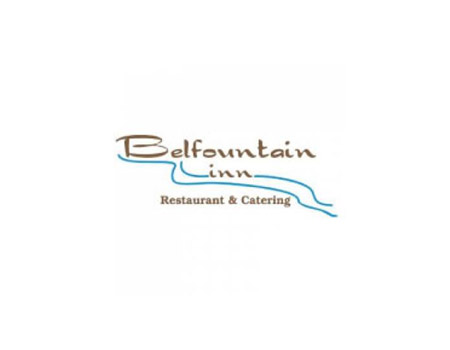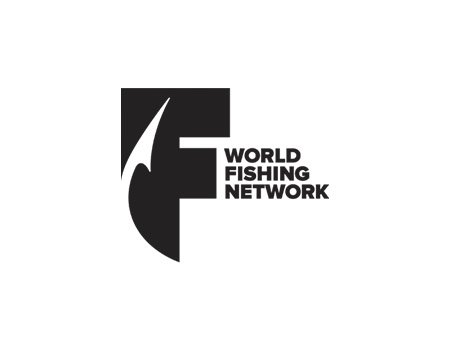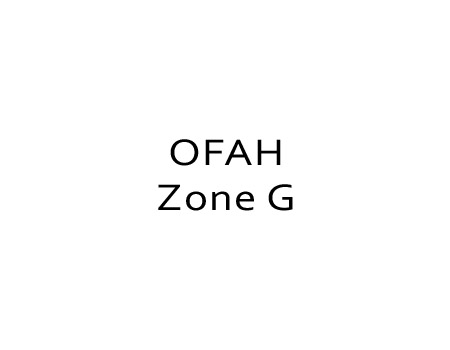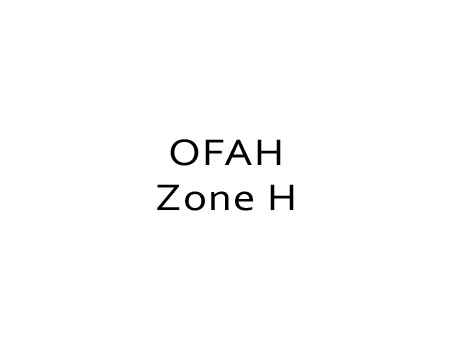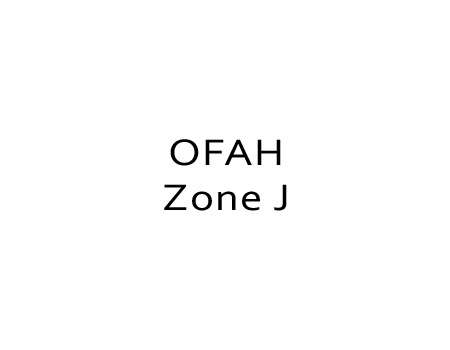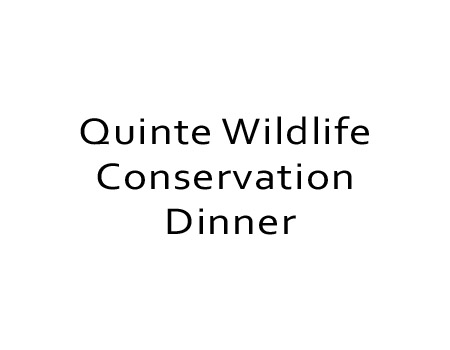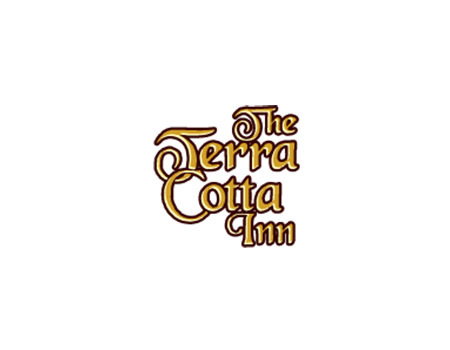THE LAKE ONTARIO ATLANTIC SALMON RESTORATION PROGRAM
More than a century after our once thriving population of Atlantic Salmon was last seen in Lake Ontario, the Ontario Federation of Anglers and Hunters (OFAH) and the Ontario Ministry of Natural Resources and Forestry (MNRF), together with many other partners, are working to bring Atlantic Salmon back to the lake. This treasured species is an important part of our natural heritage and a part of Ontario’s rich biodiversity.
Until the late 19th century, Lake Ontario had a population of Atlantic Salmon native to its waters. Unfortunately, that population, which supported sustenance and commercial fisheries, was eliminated through the combined effects of the environmental degradation of streams, ecosystem changes in the lake, and over-fishing. Atlantic Salmon were one of the first fish species in the Great Lakes to disappear as a result of human activities.
The government of Ontario and its conservation partners have long supported the restoration of native species and the conservation of biodiversity. Many years of research have shown that the restoration of Atlantic Salmon is possible. For these reasons, more than 40 partners are working together on this initiative to restore a self-sustaining Atlantic Salmon population to Lake Ontario and its streams.
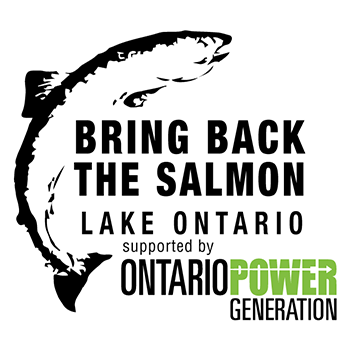
Fish Production & Stocking
In order to re-establish a self-sustaining population of Atlantic Salmon in Lake Ontario and its tributaries, a large number of Atlantic Salmon must be stocked into the selected streams to form the basis of a recovering population. In 2006, the Ontario Ministry of Natural Resources and Forestry (MNRF) committed to doubling their production to 400,000 fry. They also increased the number of their broodstock to make more eggs available in 2007 and beyond, and developed two additional broodstock populations of different genetic strains, for a total of three – LaHave River (Nova Scotia), Lac St. Jean (Quebec) and Sebago Lake (Maine). We stock spring yearlings, spring fry, and fall fingerlings from the three strains.
Each spring we require volunteers for fish stocking efforts. This is typically in May and June and is announced via social media and emailed to our volunteer list.
Production & Stocking
Streams Overview
How to Help
Adopt an Atlantic
Water Quality and Habitat Enhancement
Habitat restoration and water quality protection are essential components of the overall species restoration program. This component identifies critical habitat areas within each of the streams targeted for restoration. Also, major limiting factors affecting the life history stages of Atlantic salmon are identified and addressed as needed.
One of the main challenges associated with this type of work in southern Ontario is 95% of the land is privately owned. To address this reality, the OFAH Atlantic Salmon team will work with landowners, MNRF, DFO, conservation authorities, and non-government organizations such as Ontario Streams, and Trout Unlimited Canada.
- Tree planting in riparian areas to stabilize banks and decrease sedimentation and water temperature;
- Debris management to enhance and restore natural flows, clean substrate and enhance habitat for adult and juvenile fish;
- Bank stabilization projects to minimize erosion and sedimentation of spawning and nursery areas;
- Wetland protection to ensure high quality and quantity of water;
- Cattle fencing and alternate watering systems to prevent riparian grazing, erosion, and in-stream habitat destruction; and
- Modification, by-pass or removal of online dams and ponds to re-establish natural channels, decrease stream temperatures and allow fish passage.
Outreach and Education
Habitat rehabilitation and information workshops have been held on the five target watersheds (Cobourg Brook, Duffins Creek, Credit River, Bronte Creek Humber River).
Through the Classroom Hatchery Program students are provided with the opportunity to learn about the importance of conserving natural aquatic ecosystems while they help raise Atlantic Salmon for the program. During Phases II of the program, more than 20,000 students across southern Ontario were able to observe the development of Atlantic Salmon from the egg to feeding fry stage in a classroom setting and participate in the May release of their fish into one of the target streams.
The Classroom Hatchery Program will continue in 2021.
Research and Monitoring
Monitoring/assessment/research are integral aspects of the program will allow us to adapt in response to successes and challenges as we move forward, part of an adaptive management cycle of Planning – Implementing – Monitoring – Evaluating. Since Atlantic salmon have been extinct for over 120 years in Lake Ontario, much is to be learned about them in the modern Lake Ontario, such as the details of their life cycle, habitat use, and food base.
To that end, the program partners are assessing the survival and reproductive success of fish stocked at various life stages, so we can determine best-bet strategies to improve overall program success. The genetic strains of Atlantic salmon are similarly evaluated. We examine the habitat and prey sources Atlantic salmon are utilizing in the lake to identify potential bottlenecks to survival, growth and reproduction.
Bring Back the Salmon Newsletter
Program Partners and Supporters
Contact Us
1-800-263-OFAH (6324) ext. 237
PO Box 2800
Peterborough, Ontario
K9J 8L5
